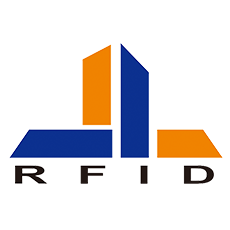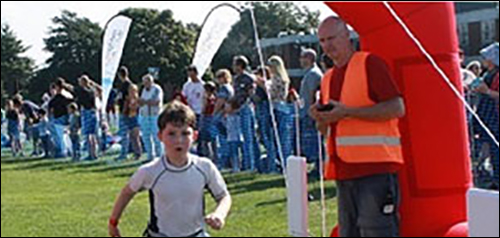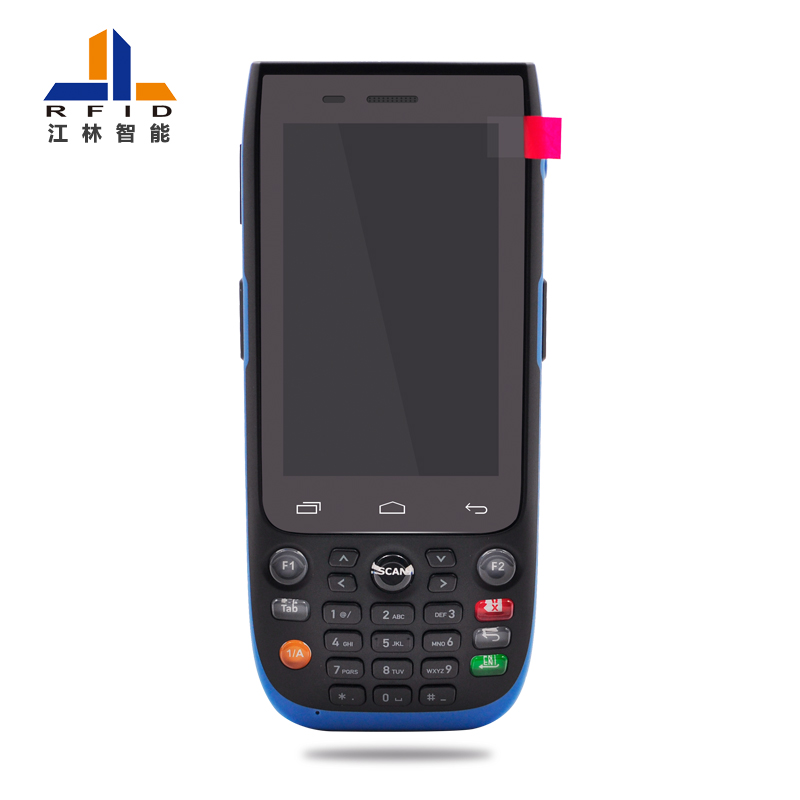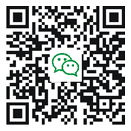RFID Brings Flexibility to Race-Timing Company
Aug 22, 2018—
U.K.-based racing services company Entry App has deployed an RFID-based data-management system for its sporting event-timing services that gives it the flexibility to capture data about each event participant's scores without the need to buy a full hosted solution from another provider. The system Entry App is using consists ofPortable Technology Solutions (PTS)'s ClearStream RFID middleware, along with Entry App's own management software, with UHF RFID readers and tags installed at each event. That gives Entry App the flexibility to manage data capture, the company reports, without putting the solution in the hands of a third-party provider at a monthly fee.
Entry App serves the racing community in the United Kingdom by providing timing information for children and adult foot races, bicycle races and triathlons. The firm used LF RFID technology for several years to capture timing data automatically, says founder and director Andy Harsant, but the read range was limited and thus did not provide reliable read rates. The LF readers were installed in finish mats that could miss a read if, for instance, an individual were to jump over or pass around it.
The company acquired a UHF RFID reader, as well as antennas and tags, then began testing the technology, but it found a shortcoming in the middleware that captured and interpreted reader data. For one thing, Harsant says, he set the UHF system up for a children's running race with 300 participants, during which the solution captured no fewer than 386,000 reads, which he then had to interpret. The readers could not be controlled remotely, so they had to be kept on at all times, even if no race participants were in the area, unless they were physically unplugged.
A Google search brought him to PTS's ClearStream RFID software, which offered the control of read operation he sought to turn the readers on and off, as well as provide tagmoderation, configurable GPO state settings, and tag moderation to manage and control the number of tag reads. The software also offers data-repository choices, such as Microsoft Access, SQL, MY SQL and Oracle. Harsant installed the system for a race in November 2017 and found that it worked well.
Race timing offers challenges for RFID installations that few other users have ever experienced, Harsant says. A typical fixed reader portal might be mounted on a wall via permanent screws, with the antennas adjusted until the proper tag read efficiency was reached, after which it would function properly. At an Entry App installation, the deployment begins more typically at 4 AM on a Sunday, providing personnel with about two hours to get the system optimized and in operation ahead of a race.
Because most events take place at public locations, the reader infrastructure cannot remain in place for long. Even before the race is completed, Entry App's crew must begin taking parts of it down. Thus, the firm uses the collected RFID read data to capture timing information for participants, and to confirm when racers have passed a specific read point, so that the equipment can be dismantled and removed. "We systematically turn the readers off and start packing up," Harsant says, based on the read data.
Typically, each race participant signs up, arrives on site at the time of the race and picks up a bib that is linked to his or her identity in the Entry App software. The bib has a Smartrac DogBone UHF RFID wet inlay (with adhesive) attached to it. The tag comes with a foam layer to separate it from the participant's body and perspiration-soaked T-shirt, so that fluids don't interfere with tag transmissions.
The unique ID number encoded on the tag is stored in the software, along with the participant and bib IDs. As many as five Zebra Technologies FX7500 readers can be installed along the race course, including at the finish line. Each reader comes with four antenna ports, and the company typically uses all four ports to maximize antennacoverage. The antennas face each other across the course at each read point, and are positioned in such a way that they can capture a variety of angles.
As an athlete passes each reader, his or her tag ID is captured. The ClearStream middleware, residing on a laptop computer locate onsite, interprets that data and forwards it to Entry App's software. The participant's family members and friends can then view information about that individual during the race. To do so, the participant can use his or her smartphone to sign into the Entry App website, then select the specific race and enter his or her ID. The system will then display information such as when that person completed a specific milestone, or how many laps on a coarse he or she has completed. At the end of the race, those viewers—or the participant—can sign in a view the finish time for the race.
ClearStream's flexibility saves Entry App time and effort in pre-race preparations, says Dan Peluso, PTS's CTO. What's more, he notes, "Because ClearStream delivers configured, read-ready information straight to a database, you can easily deliver racers' progress and final times to leader-board displays."
Entry App provides its RFID-based system for triathlons as well. Each athlete wears a reusable Multisport UHF RFID tag from Human Tagging (HuTag) in an ankle band. The tagcan operate in the water, Harsant says, so it's a good option for swimming events. Once a race is finished, the tags are turned in and washed for reuse.
Entry App has been providing the solution at approximately 20 races to date, most during the spring and summer of this year. With the technology in place, Harsant says, "I have a big advantage over my competition, because I can buy software rather than entering into a high-cost licensing agreement [for a hosted solution]."
Our company can provide the hand held android BLT industrial pda rfid barcode reader:


















